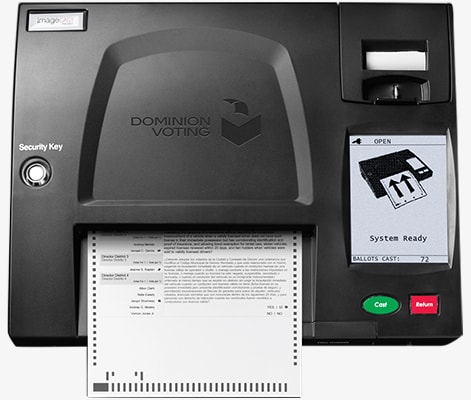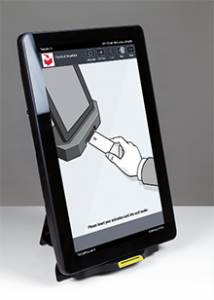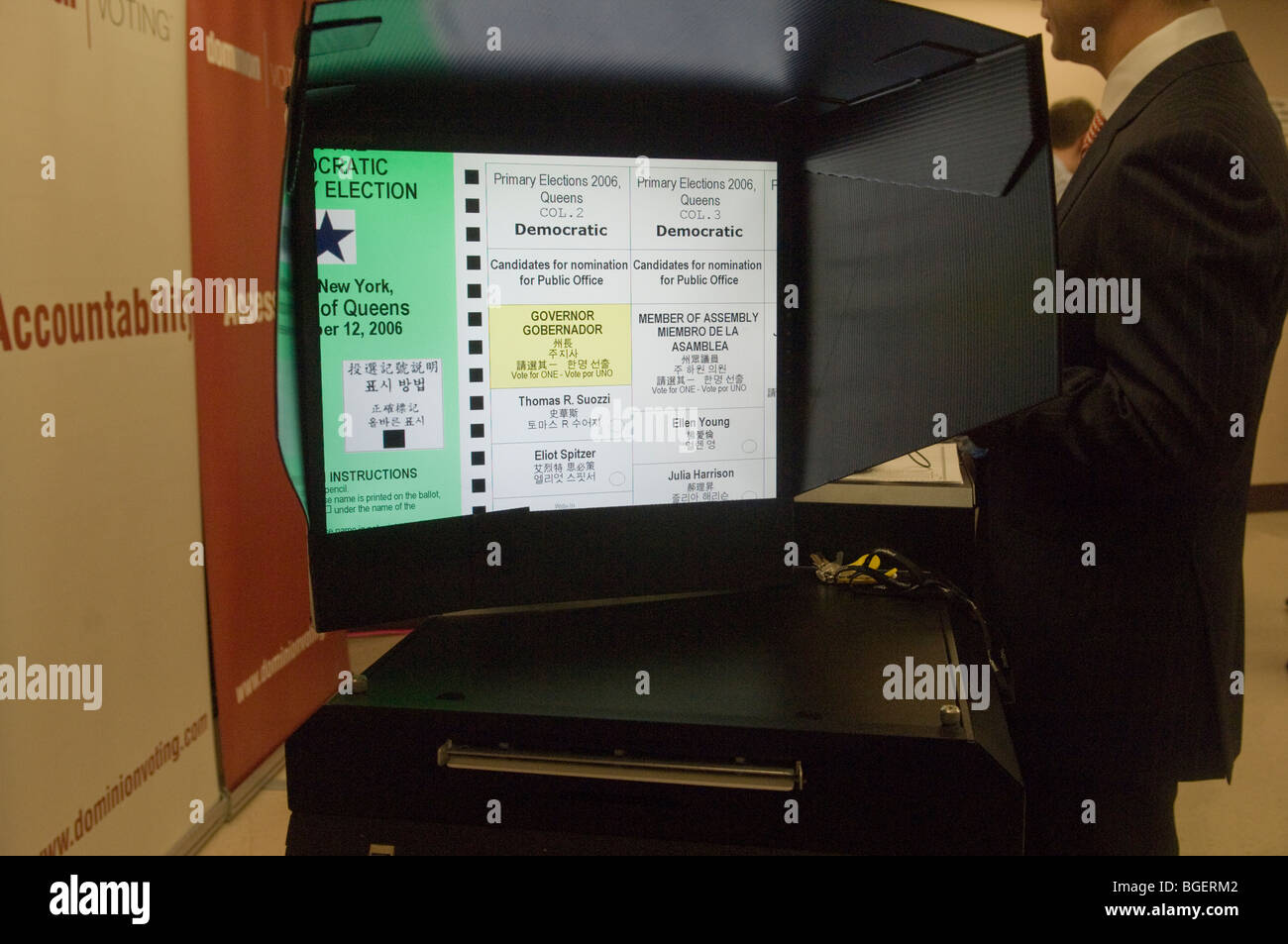
Unlike hand-marked paper ballots counted on scanners and regular non-hybrid BMDs, these new hybrid systems can add fake votes to the machine-marked “paper ballot” after it’s been cast, experts warn. These too are now sold for use as a primary voting system. But vendors and many election officials haven’t listened and are now pushing even more controversial “hybrid” systems that combine both a BMD and a scanner into a single unit. Most independent cybersecurity election experts caution against putting these insecure BMDs between voters and their ballots and instead recommend hand-marked paper ballots as a primary voting system (reserving BMDs only for those who are unable to hand mark their ballots). The machine-marked ballot is then counted on a separate scanner. Unfortunately, there is no universal definition of “paper ballot,” which has enabled vendors and their surrogates to characterize machine-marked paper printouts from hackable ballot marking devices (BMDs) as “paper ballots.” Unlike hand-marked paper ballots, voters must print and inspect these machine-marked “paper ballots” to try to detect any fraudulent or erroneous votes that might have been marked by the BMD.
#IMAGECAST PRECINCT BMD MANUAL#
An audio ballot is available in English, Spanish, Hindi and Chinese.įor years, election security experts have assured us that, if properly implemented, paper ballots and routine manual audits can catch electronic vote tally manipulation. One touch screen is lower to accommodate voters who use wheelchairs, and voters will be able to change the text size and color contrast if they need. Because it’s the same machine, the paper ballot and touch screen ballots are automatically consolidated, according to information provided by the clerk’s office.

The scanner accepts the paper ballot and creates an image of the ballot. The voter will then hand the ballot in a privacy sleeve to an election judge, who will initial it and place it in the scanner. A voter will use the touch screen as a ballot marker, then print the ballot to review it, according to a demonstration by the clerk’s election director, Tonya Rice. Each machine can accommodate three voters at one time, with two touch screens and a paper ballot. “The touch screens are more intuitive and accessible for voters with disabilities, and every single voter will get to review their ballot with paper in their hands before their vote is cast,” Yarbrough said. “Our current equipment has served us well for a decade, but these new machines have the latest technology,” county Clerk Karen Yarbrough said at a Tuesday morning news conference. The Cook County clerk’s office will test machines in 147 precincts in Oak Park, River Forest and Proviso townships, and hopes to have the new voting machines in every suburban Cook County precinct by the 2020 presidential primary election. New voting machines are coming to three west suburban Cook County townships for next week’s consolidated elections in preparation for a countywide rollout next year. (SLI’s report is pages 7-9 of the combined document.) SLI’s new report dated Mais quite naive: they ran tests on the machine and “at no point was the machine observed making unauthorized additions to the ballots.” Well indeed, if you test a machine that hasn’t (yet) been hacked, it won’t misbehave. The Board of Elections commissioned an additional report from SLI Compliance, which had done the first certification of this machine back in April 2018.



This would defeat the purpose of voter-verifiable paper ballots, which are meant to serve as a safeguard against buggy or fraudulent software.
#IMAGECAST PRECINCT BMD SOFTWARE#
The problem is, if the ICE’s software were hacked, the hacked software could make the machine print additional (fraudulent votes) onto hand-marked paper ballots. Most voters are expected to feed in a hand-marked optical scan ballot but the ICE also has an integrated ballot-marking device for use by those voters who wish to mark their ballot by machine. The Dominion ICE is an optical-scan voting machine. Two months ago I wrote that the New York State Board of Elections was going to request a reexamination of the Dominion ImageCast Evolution voting machine, in light of a design flaw that I had previously described.


 0 kommentar(er)
0 kommentar(er)
